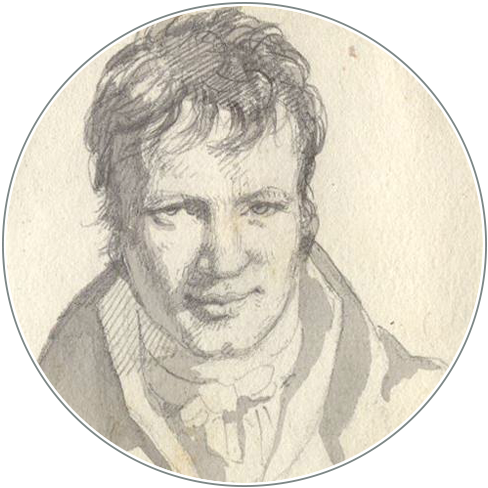Klassizismus und vergleichendes Sehen in den <i>Vues des Cordillères</i>
DOI:
https://doi.org/10.18443/131Palabras clave:
Archäologie, Chalchiuhtlicue, Christian Gottlieb Heyne, Coatlicue, Johann Joachim Winckelmann, Klassizismus, Kunstgeschichte, Lysippos, México D.F., mexikanische Tafeln, Mitla, Praxiteles, Reiterstandbild, vergleichendes Sehen, Vues des CordilleresResumen
Resumen
„Neoclasicismo y visión comparativa en las Vues des Cordillères“
Comenzamos presentando el neosclasicismo cómo fue transmitido por su protagonista Johann Joachim Winckelmann, el „fundador de la arqueología clásica y de la ciencia de la historia del arte que surgió de ésta más tarde“ (A. H. Borbein), así como por Christian Gottlieb Heyne. Las clases de arqueología de Heyne las escucharon los hermanos Humboldt en Göttingen, lo que aún no se ha resaltado. Esto nos llevará –vista la primacía de la escultura en la Antigüedad- al capítulo „Atlas Pintoresco“ de las Vistas de las Cordilleras, en el que se citan „obras maestras de Praxíteles y Lisipo“ que han sentado normas estéticas. A través de algunas láminas mexicanas y de la literatura a la que remiten las notas del propio Humboldt y sus ilustraciones jamás consultadas, plasmamos la visión comparativa del explorador, que por un lado se atiene a una graduación y por otro abre nuevos horizontes.
Zusammenfassung
Eingangs wird der Klassizismus vorgestellt, wie er von seinem Protagonisten Johann Joachim Winckelmann, des „[s] der Klassischen Archäologie und der aus ihr später entstandenen Wissenschaft der Kunstgeschichte“ (A. H. Borbein), aber auch von Christian Gottlieb Heyne vermittelt wurde. Heynes Göttinger archäologische Vorlesungen, das wurde bisher kaum beachtet, hörten die Brüder Humboldt. Dies führt - angesichts der Vorrangstellung der Plastik in der Antike - zu den auf den Seiten der „Pittoreske[n] Ansichten“ der Vues de Cordillères genannten, ästhetische Maßstäbe setzenden „Meisterwerken des Praxiteles und Lysippos“. Anhand einiger mexikanischer Tafeln und der in den Anmerkungen Humboldts bisher nicht herangezogenen Literatur sowie deren Abbildungen wird das vergleichende Sehen, einerseits als zugleich abstufendes andererseits als wegweisendes vorgeführt.
Abstract
„Neoclassicism and comparative vision in the Vues des Cordillères“
We present neoclassicism as it was transmitted by its protagonist Johann Joachim Winckelmann, the „founder of classical archaeology and the science of history of art which emerged from it“ (A. H. Borbein), as well as by Christian Gottlieb Heyne. Up until now, it has scarcely been noted that the brothers Humboldt attended Heyne’s archaeological lectures in Göttingen. This leads us – given the primacy of sculpture in Antiquity – to the chapter „Atlas Picturesque“ in the Vues des Cordillères, where „masterpieces by Praxiteles and Lysippus“ establishing aesthetic norms are quoted. By means of several Mexican plates and the hitherto unconsulted literature found in Humboldt’s footnotes, including illustrations, we give shape to the explorer's comparative vision, seen on the one hand as laying down a hierarchy and on the other, as opening new horizons.
Descargas
Publicado
Cómo citar
Número
Sección
Licencia
Derechos de autor 2009 Helga von Kügelgen

Esta obra está bajo una licencia internacional Creative Commons Atribución-NoComercial 4.0.
Los derechos de los artículos enviados permanecen en manos de los/as autores/as y se publican bajo una licencia CC (CC BY-NC 4.0). Todos los/as autores/as que publican en HiN aceptan este modelo de licencias.
Es responsabilidad de los/as autores/as obtener la autorización necesaria para la publicación de imágenes.
Los derechos del Diseño de Impresión y el diseño de la revista no son transferibles y no pueden reutilizarse de ningún modo para otras publicaciones sin previa aprobación de HiN.









